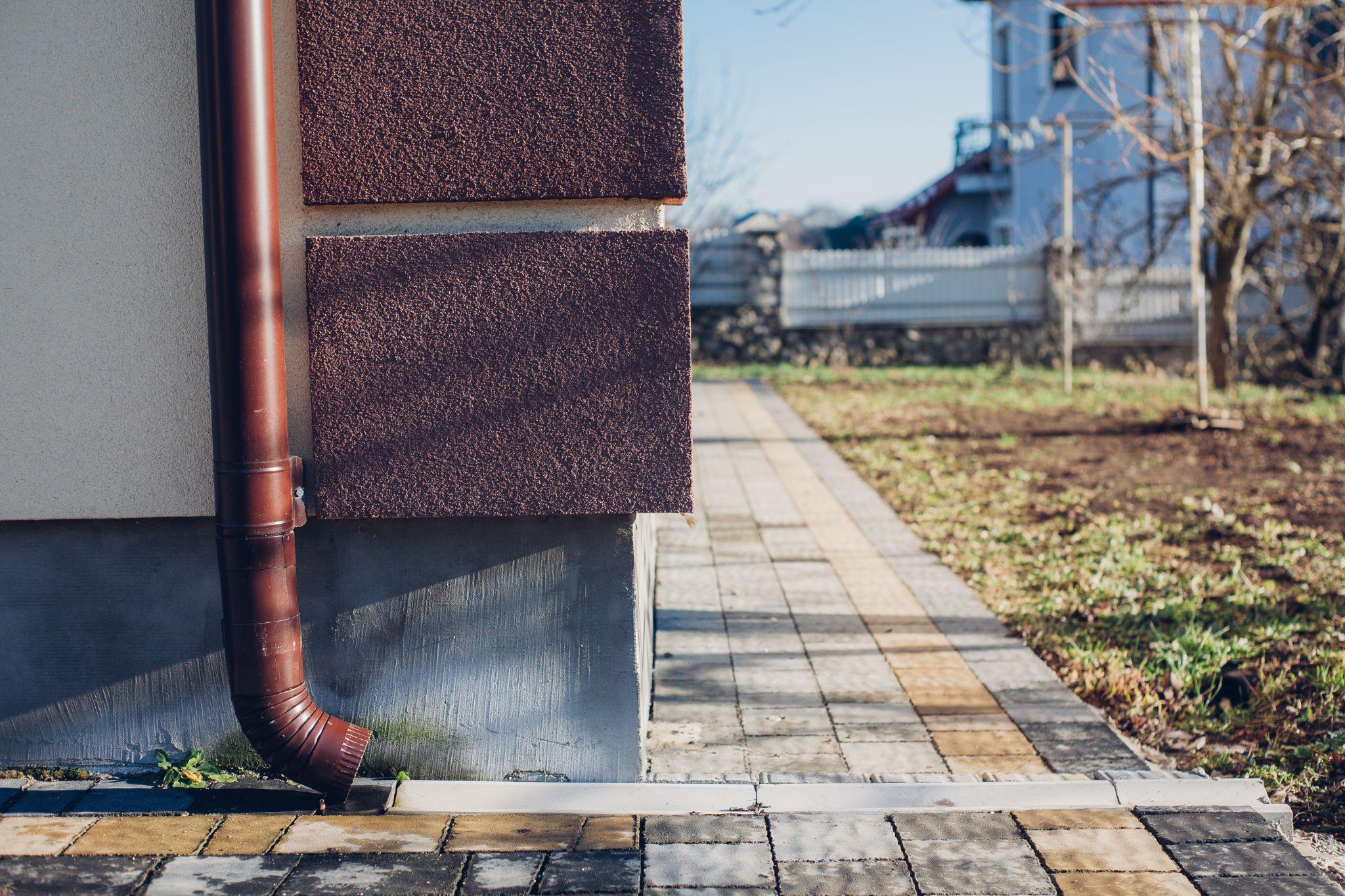Clearing the Confusion: Who Is Responsible for Stormwater Drains?
- Written by NewsServices.com

You can’t fail to notice just how much water collects in the streets – or even on your property – when it rains. Hopefully, that water will run off into drains and gutters and be channelled away from your home; this is what prevents flooding.
This water is known as stormwater, and it might surprise you to learn that different states have different rules. The truth remains that this stormwater must go someplace, and a reliable infrastructure is required to make sure it reaches where it needs to go without causing any damage along the way. If you want to get professional advice about stormwater runoff on your property, keep reading; we’ve got some interesting information for you about stormwater, depending on where you live. Read on to find out more.\
What Is Stormwater?
Typically, stormwater flows from private property drains to publicly maintained roadway gutters. A "trunk drainage system" is formed when smaller drains link up with larger ones via channels, pipes, and creeks. As a result, runoff ultimately ends up in our waterways.
Sewer systems are not to be confused with storm drains. In contrast to the sewage that must be purified before it can be released into our waterways, stormwater drains directly into them.
Stormwater In Australian Capital Territory
In the Australian Capital Territory, Roads ACT is responsible for the management, maintenance, and monitoring of the urban stormwater network, which consists of stormwater pipes, sumps, stormwater channels, cut-off drains, water quality pond embankments, gross pollutant traps, retarding basins, dams, and weirs.
Stormwater In New South Wales
Local governments in New South Wales are responsible for stormwater management on all publicly owned and maintained properties, including parks, roads, and other infrastructure, and on privately owned properties where a levy has been established. This allows the municipality to be notified and take action if rainwater is flowing onto your land from another private property.
Stormwater In Queensland
In Queensland, your local municipality is usually in charge of the stormwater system that isn't on or under your property.
Stormwater In Northern Territory
If you live in the Northern Territory, your local government will keep the stormwater system in your area up to date and make improvements to it. This includes putting in traps for large amounts of pollution.
Stormwater In South Australia
In South Australia, stormwater drains are normally maintained by the local government.
Stormwater In Tasmania
In Tasmania, all public stormwater systems in urban areas are taken care of by the local council. This includes public stormwater mains, pits, and manholes, as well as managing major waterways to make sure their hydraulics work and regulating private drainage.
Stormwater In Victoria
Local authorities in Victoria are in charge of maintaining the pipes and ditches that lead from individual streets and properties into larger waterways like creeks and rivers. Melbourne Water is in charge of maintaining the city's big stormwater drains, into which smaller street drains eventually empty.
Stormwater In Western Australia
As in South Australia, local councils in Western Australia are responsible for maintaining stormwater drains, but the state's Department of Water does offer some assistance in this area.
Stormwater In Sydney
Local governments and Sydney Water are accountable for stormwater drainage in Sydney once it has left your property in conformity with all applicable standards and legislation. Everything from the pipes to the water supply is included in this. In other words, once it is off your property, you no longer have to think about it.
If you need a plumber to help with your stormwater call a licensed plumber to ensure the job is done well.



















